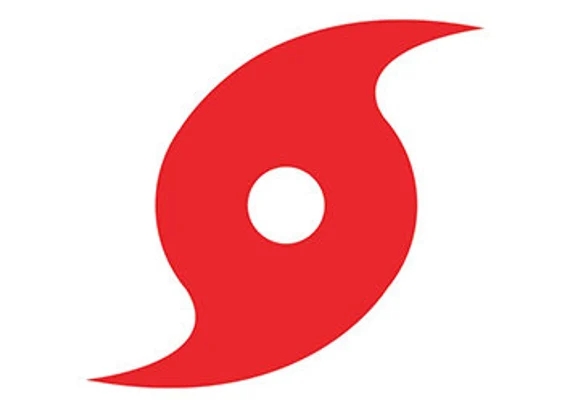
State officials urge residents to be prepared.
Reisterstown, Md. (KM) – From now through November 30th, it’s hurricane season. The National Oceanic and Atmospheric Administration says it could be a busy one. NOAA is projecting 14 to 21 named storms, and out of that, 6 to 10 will become hurricanes with winds of 74 mile per hour or higher. And out of that 3 to 6 could be major hurricanes, such as category 3, 4 or 5 storms with winds of 111 miles per hour or higher.
Even though coastal areas are most affected by these storms, spokesman Ed McDonough with the Maryland Department of Emergency Management says inland areas like Frederick County are not immune. “If you’re in one of those tidal areas, than what you need to be worried about are inland flooding from flash floods, heavy rain storms, severe storms which crop up as the result of the hurricane or its remnant, or also tornadoes that were spawned,”: he says.
McDonough says Hurricane Ida which came through last year is one example. “Even though Ida came ashore down on the Gulf Coast, it actually created a lot of havoc in the Mid-Atlantic and the Northeast,” he says. That include several tornadoes in Maryland, with one twister doing a lot of damage in the Annapolis and Edgewater areas of Anne Arundel County.
He says it’s important for Marylanders to be prepared, and that includes having several emergency kits. One should be a home kit “which should have copies of all your important in a preferably in a water-resistant container, or pouch of some sort, and kept with your other supplies.”
Another emergency kit should contain a “three-day supply of non-perishable food and water, flashlights, batteries, transistor or crank radio so if you lose the power, you can still monitor WFMD or the National Weather Service or some other way to continue to get updates about the weather conditions in your area,” McDonough says.
He also recommends residents keep an emergency kit in their cars with blankets, kitty litter (mostly to gain traction on the roads during the winter), water and energy bars. And he says you should keep an emergency kit at your place of employment in case you’re stranded there during a weather emergency.
For more information on what to put in an emergency kit, go on line to mdem.maryland.gov, or ready.gov.
The Maryland Department of Emergency Management also recommends residents pay attention to emergency information and alerts; determine the best protection for high winds and flooding,; make plans to shelter in place during a storm if it is safe to do so; check with local authorities about evacuation shelters; and only use outdoor generators that are at least 20-feet away from a home and away from doors, windows and vents; and do not walk, swim or drive through flood waters.
By Kevin McManus